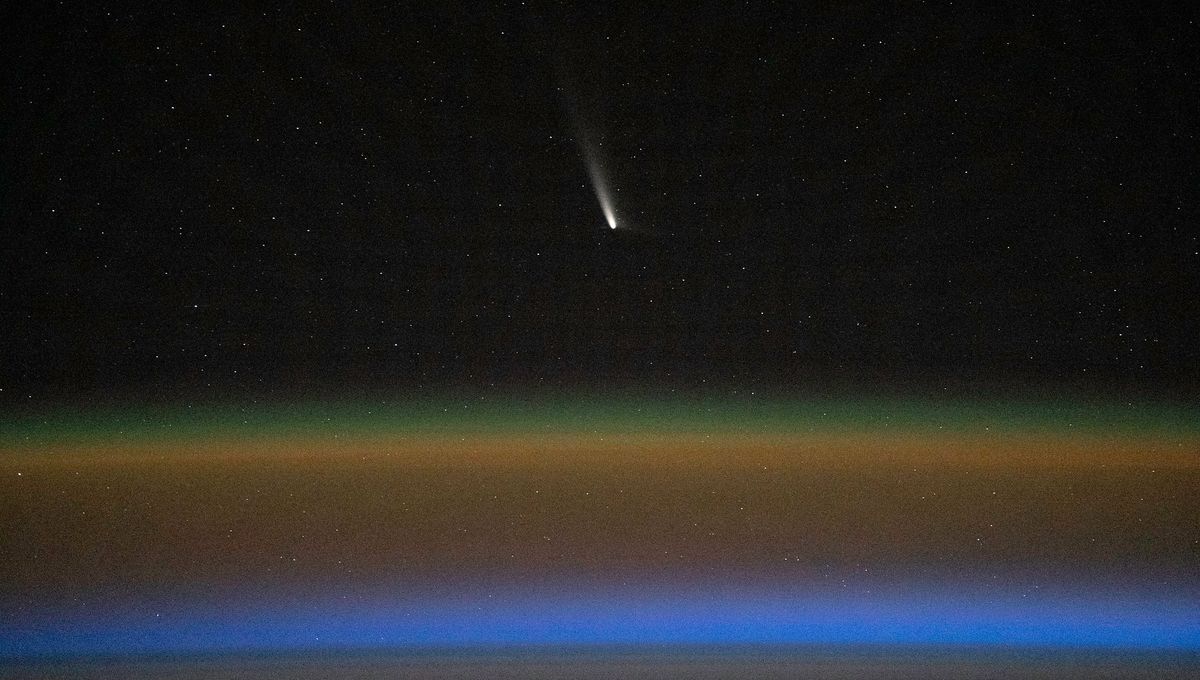
Comet C/2023 A3 (Tsuchinshan-ATLAS) is going to be the comet of the year. The ice body from the edge of the Solar System flew past the Sun a few days ago and it is not only unscathed, it is also en route to becoming as bright as the optimistic estimates suggested. It is already in the top 30 of the brightest objects in the night sky and it will just keep getting brighter over the next several days.
On September 27, the comet flew past the Sun at a distance of 58.6 million kilometers (36.4 million miles), which was its closest passage to our star and maybe its only ever passage. Its orbit is so eccentric that it’s possible the comet will fly away and leave the Solar System, never to be seen again – or, if it is bound, come back in a few million years.
Now that it is so bright, it is time for us to go and look at it. It is currently seen before dawn and people in the Southern Hemisphere have an advantage for now. Still, in the coming days as it rises above the plane of the Solar System it will be visible at sunset, from October 9 onwards.
The comet is showing its long tail and it will get brighter as it gets to its closest passage to Earth on October 12, at roughly 70.6 million kilometers (43.9 million miles) away. It should have a brightness between that of Jupiter and Venus if predictions hold – and at this point, they should.
The comet was discovered over 15 months ago, independently by two observatories. The first one was the Zijinshan Astronomical Observatory (Purple Mountain Observatory), but it was lost in follow-up observations. That happens – the comet is a faint and distant object. It was then found again by the Asteroid Terrestrial-impact Last Alert System (ATLAS) in South Africa. Following the discovery, it was also found in older observations from December 2022.
Source Link: See How Glorious Comet C/2023 A3 (Tsuchinshan-ATLAS) Looks Having Survived The Sun